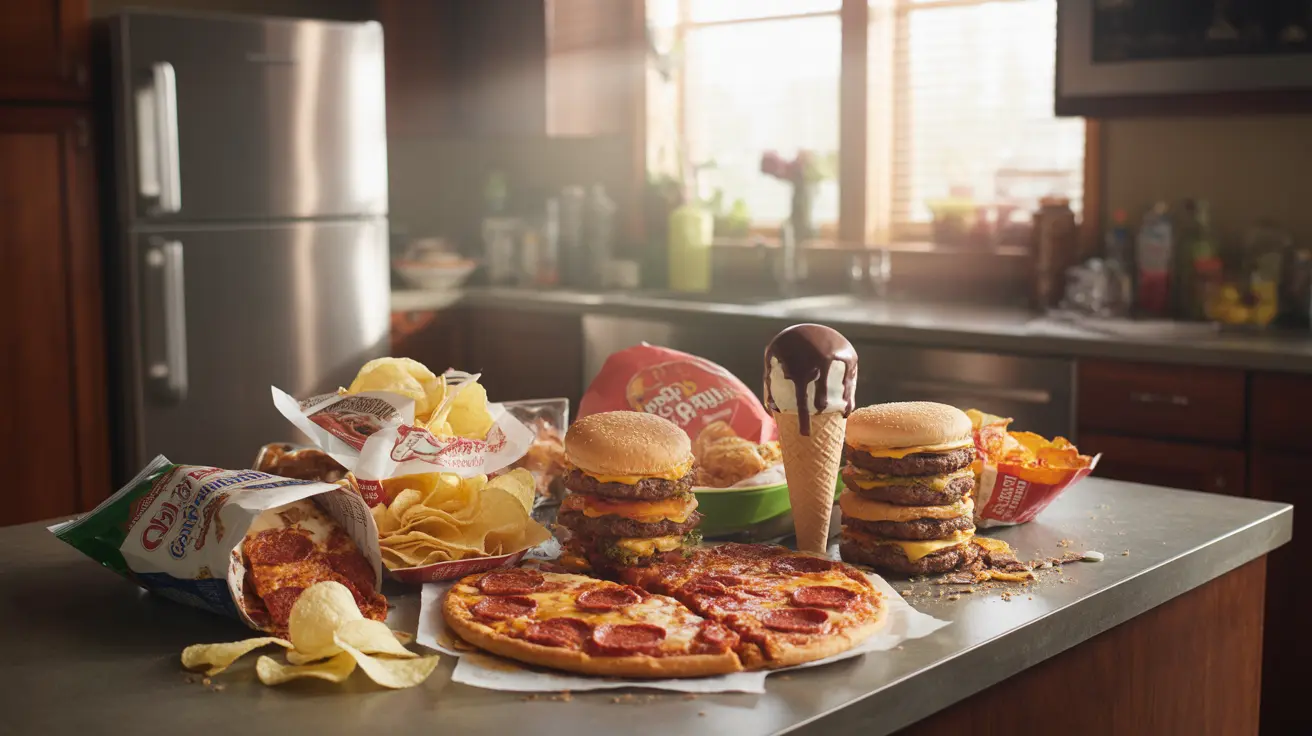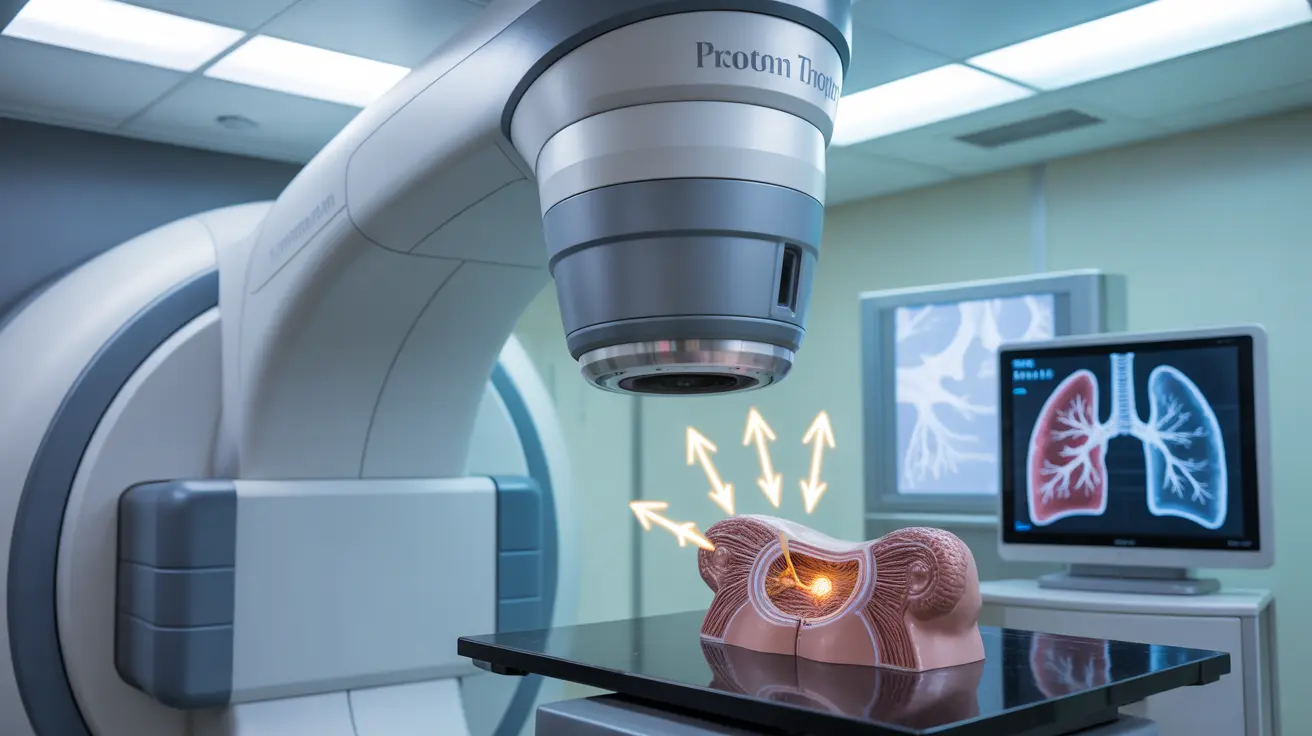Dirty bulking has become a popular yet controversial strategy among bodybuilders and fitness enthusiasts seeking rapid muscle growth. This approach involves consuming large quantities of calories from any food source, including processed and high-fat options, with the primary goal of maximizing weight gain during muscle-building phases.
While dirty bulking can lead to quick results on the scale, it raises important questions about health consequences, body composition, and long-term fitness goals. Understanding the science behind this approach and its potential risks is crucial for anyone considering this muscle-building strategy.
What Is Dirty Bulking and How Does It Work?
Dirty bulking represents an aggressive caloric surplus approach where individuals consume significantly more calories than their body burns daily, often 500-1000 calories or more above maintenance levels. Unlike structured nutrition plans, dirty bulking places minimal restrictions on food quality, allowing practitioners to eat calorie-dense foods like pizza, burgers, ice cream, and processed snacks.
The fundamental principle behind dirty bulking lies in creating a substantial energy surplus that theoretically provides optimal conditions for muscle protein synthesis and strength gains. Proponents argue that this unrestricted approach eliminates the stress of meal planning and ensures adequate caloric intake for muscle growth.
However, this method differs significantly from clean bulking, which emphasizes nutrient-dense whole foods like lean proteins, complex carbohydrates, healthy fats, fruits, and vegetables. Clean bulking typically involves a more moderate caloric surplus of 200-500 calories above maintenance, focusing on gradual, sustainable muscle growth while minimizing fat accumulation.
Health Risks and Negative Effects
The dirty bulking approach carries several significant health risks that extend beyond temporary weight gain. Excessive consumption of processed foods high in saturated fats, added sugars, and sodium can negatively impact cardiovascular health, leading to elevated blood pressure, increased LDL cholesterol levels, and inflammation markers.
Rapid weight gain from dirty bulking often results in substantial fat accumulation alongside muscle growth. This excess body fat can contribute to insulin resistance, metabolic dysfunction, and increased risk of developing type 2 diabetes. The sudden increase in caloric intake can also strain the digestive system, leading to bloating, discomfort, and irregular bowel movements.
Mental health considerations include potential development of unhealthy eating patterns and a complicated relationship with food. The unrestricted nature of dirty bulking can blur the lines between intentional surplus eating and binge eating behaviors, potentially leading to eating disorders or disordered eating patterns that persist beyond the bulking phase.
Muscle Building Effectiveness Compared to Other Methods
While dirty bulking may appear to accelerate muscle growth due to rapid weight gain, research suggests that muscle protein synthesis has an upper limit regardless of caloric intake. Consuming excessive calories beyond what the body can utilize for muscle building simply results in additional fat storage rather than proportionally more muscle tissue.
Studies indicate that moderate caloric surpluses of 200-500 calories above maintenance, combined with adequate protein intake (0.8-1.2 grams per pound of body weight) and progressive resistance training, can optimize muscle growth while minimizing fat gain. This approach typically yields similar muscle-building results to dirty bulking but with significantly better body composition outcomes.
The rapid weight gain from dirty bulking can also negatively impact training performance. Excessive fat accumulation can reduce mobility, increase fatigue, and make certain exercises more challenging. Additionally, the cutting phase required after dirty bulking is often more extensive and difficult, potentially leading to muscle loss during aggressive fat loss periods.
Typical Foods in a Dirty Bulk Diet
Dirty bulking diets typically emphasize calorie-dense, processed foods that are easy to consume in large quantities. Common food choices include fast food items like burgers, fries, pizza, and fried chicken, which provide substantial calories with minimal satiety.
Sweet treats and desserts play a prominent role, including ice cream, cookies, cakes, pastries, and candy. These foods are high in simple sugars and fats, making them extremely calorie-dense and easy to overconsume. Processed snack foods like chips, crackers, and packaged baked goods are also frequent staples.
Beverages contribute significantly to the caloric intake, with choices often including regular sodas, milkshakes, fruit juices, and alcoholic drinks. These liquid calories can add hundreds of additional calories daily without providing satiety or essential nutrients.
While some dirty bulkers do include whole foods, the emphasis remains on quantity over quality. Even healthier options like nuts, nut butters, and dried fruits are often consumed in excessive quantities, contributing to the overall caloric surplus.
Strategies to Minimize Fat Gain During Bulking
For those committed to a bulking phase, several evidence-based strategies can help minimize fat accumulation while supporting muscle growth. Implementing a moderate caloric surplus of 300-500 calories above maintenance provides adequate energy for muscle building without excessive fat storage.
Prioritizing protein intake is crucial, aiming for 0.8-1.2 grams per pound of body weight daily. High-quality protein sources like lean meats, fish, eggs, dairy products, and plant-based proteins support muscle protein synthesis while providing satiety that helps prevent overconsumption of other macronutrients.
Incorporating regular cardiovascular exercise, even during bulking phases, can help maintain cardiovascular health and improve insulin sensitivity. Low-intensity steady-state cardio or high-intensity interval training sessions 2-3 times per week can support overall health without interfering significantly with muscle-building goals.
Tracking body composition rather than just scale weight provides better insight into progress. Using methods like body fat percentage measurements, progress photos, and circumference measurements helps distinguish between muscle gain and fat accumulation, allowing for dietary adjustments as needed.
Cycling between shorter bulking and cutting phases, known as mini-cuts or body recomposition approaches, can help maintain relatively lean body composition year-round while still supporting muscle growth goals.
Frequently Asked Questions
What is dirty bulking and how does it differ from clean bulking?
Dirty bulking involves consuming a large caloric surplus from any food sources, including processed and junk foods, to maximize weight gain for muscle building. Clean bulking focuses on nutrient-dense whole foods with a moderate caloric surplus, emphasizing gradual muscle growth while minimizing fat gain. The key differences lie in food quality, caloric surplus size, and resulting body composition changes.
What are the risks and health effects of dirty bulking?
Dirty bulking can lead to several health risks including cardiovascular problems from high saturated fat and sodium intake, increased risk of insulin resistance and type 2 diabetes, digestive issues, and potential development of disordered eating patterns. The rapid fat accumulation can also negatively impact training performance and require extensive cutting phases that may result in muscle loss.
Can dirty bulking help me gain muscle faster than other methods?
No, dirty bulking does not accelerate muscle growth beyond what moderate caloric surpluses can achieve. Muscle protein synthesis has natural limits regardless of caloric intake, so excessive calories simply result in additional fat storage rather than proportionally more muscle tissue. Clean bulking with moderate surpluses typically yields similar muscle gains with better body composition outcomes.
What types of foods are typically consumed during a dirty bulk?
Dirty bulk diets commonly include fast food items like burgers, pizza, and fried foods, processed sweets such as ice cream and cookies, high-calorie snack foods like chips and pastries, and calorie-dense beverages including sodas and milkshakes. The focus is on easily consumable, calorie-dense foods regardless of nutritional quality.
How can I minimize fat gain while trying to bulk up?
To minimize fat gain during bulking, maintain a moderate caloric surplus of 300-500 calories above maintenance, prioritize adequate protein intake (0.8-1.2g per pound body weight), include regular cardiovascular exercise, track body composition rather than just scale weight, and consider shorter bulking cycles with mini-cuts to maintain leaner body composition while supporting muscle growth.




